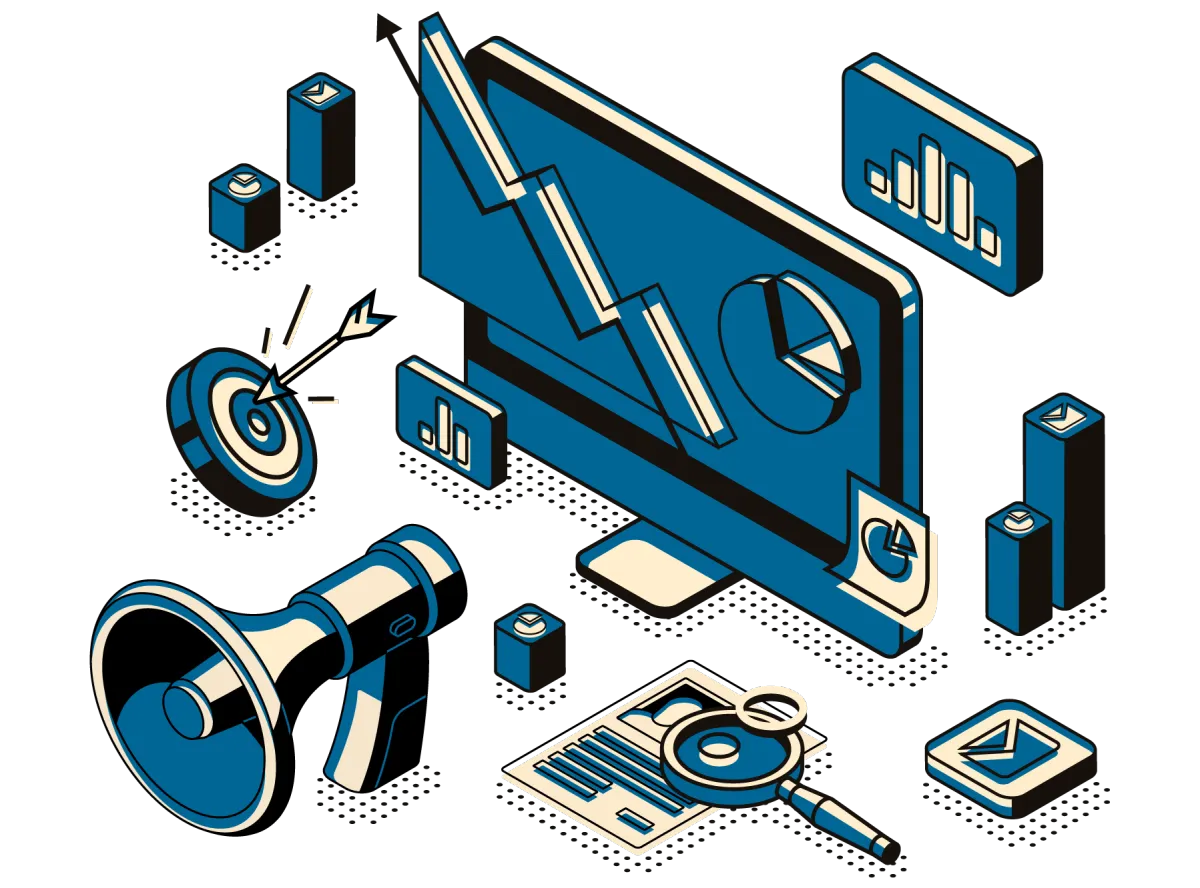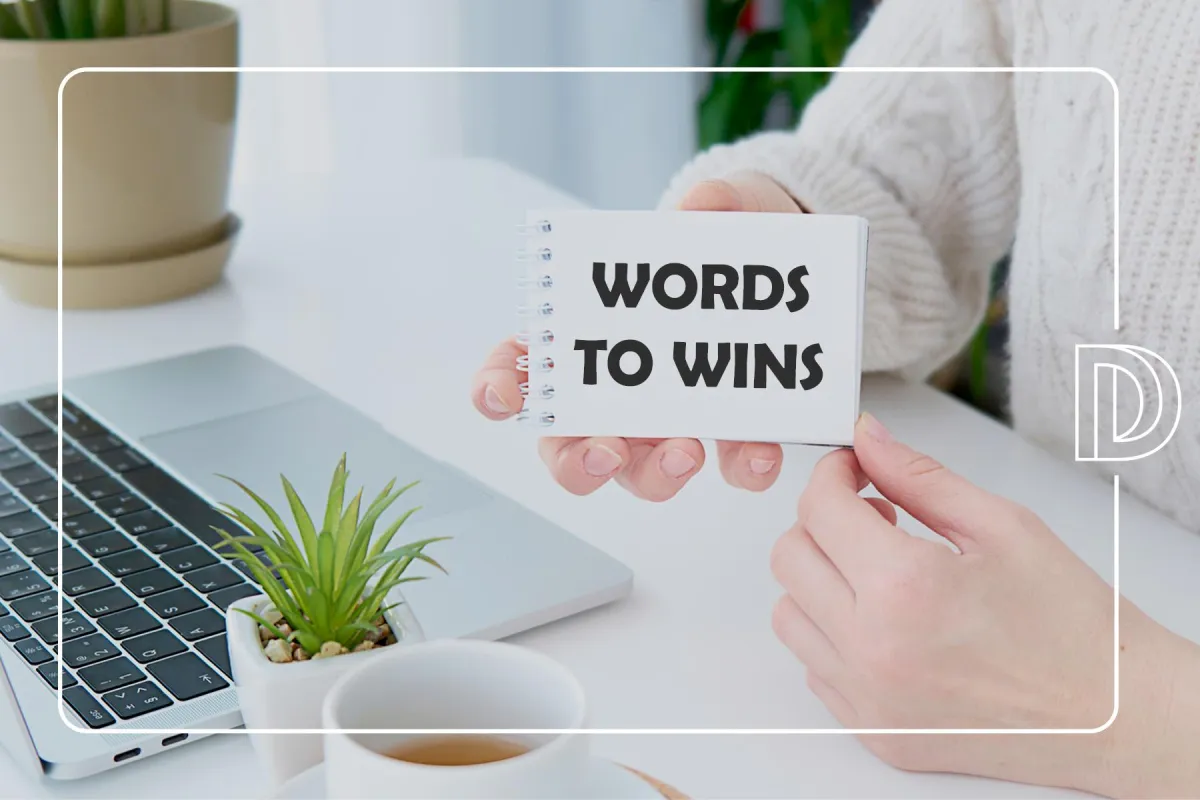
BLOGS

Marketing Know-How for Entrepreneurs & Small Businesses
Strategies and tactics to raise brand awareness, connect with your target audience and generate more leads and sales.


Words to Wins: Aligning Content With Buyer Needs
Every business is different, and thus its content needs are also different. If you’re selling a low-priced product in a relatively large market with lots of competition, the type of content you’ll want to post will be very different from someone who’s selling a high-priced service in a specialized market. When you’re offering a lower-priced product or service, you won’t need to nurture your prospective buyers in the same way or to the same degree that a higher-priced product or service would require. But you still need to post content that helps your buyers find you.
Generally speaking, there are five stages of awareness people will go through before making a purchase decision. This applies whether they are consumers purchasing for themselves or business owners and employees purchasing for their businesses. The amount of time they will spend in each stage depends on a variety of factors, including the complexity of their problem, what it’s going to cost them to fix it, the number of available solutions, and so on.
Similarly, the amount of time you spend creating content for each of these stages depends on what you’re selling.
The Five Stages of Buyer Awareness
1. Problem Unaware Stage
In the Problem Unaware stage, potential buyers are not aware they have a problem. They might believe it’s normal for people to deal with their existing challenges or pain points, see things from their current point of view or feel the way they do.
The Problem Unaware stage is extremely important for forward-thinking market leaders and innovators who spot an emerging need before anyone else and want to be first to market with a solution. In most cases, they will need to deliver thought leadership and educational content that explains what has happened or is currently happening to trigger this new need and how critically important it is for their target audience to assess their individual situation as quickly as possible.
This stage is also applicable when you’re selling solutions for complex problems that your target audience may not have the knowledge or experience to fully understand. If you make them aware they have a problem, you then have an opportunity to solve it for them. (However, that does not mean you should be trying to convince people they have non-existent problems. That’s unethical and immoral and I am not promoting non-existent problem invention in any way, shape or form.)
Content in this stage includes thought leadership and educational content that creates awareness about the problem you solve and simultaneously creates enough curiosity about this problem that people want to learn more about it. You can do this in a variety of ways.
For example, you might define the problem and then either talk about how resolving it would make someone’s life better, or how not resolving it will ultimately make someone’s life worse off in some way. Or, you might present a common problem in a new way that makes people think "Hmmm, I never thought of it that way, I should probably learn more."
You’ll want to think about how you can draw attention to someone’s pain points that they haven’t yet recognized as a major problem or perhaps they’re just accepting as part of life.
If you can demonstrate their pain points are part of a bigger problem that they should really be dealing with, or that the solution to their pain is much easier than they think, you will create curiosity to learn more and draw them into your content ecosystem. Then you can serve them content from the Problem Aware stage and continue to pull them through your content funnel to where they will ultimately purchase from you.
2. Problem Aware Stage
In the Problem Aware stage, your prospective buyers recognize they have a problem. They’re experiencing some sort of pain and they’re trying to figure out why this is happening. At this stage, they may not fully understand the entire scope of their problem or challenge, only that its symptoms are causing them pain. As a result, they’re on a fact-finding mission to learn more about one or more issues they’re grappling with to figure out the most appropriate solution.
Your Problem Aware stage content is therefore your opportunity to get your business or product found online by the people you want to be selling to. You do this by posting content on your website or blog that will show up in search engine results when your target customers are Googling for answers to their problems. Alternatively, you can post the content to your social media channels with hashtags your prospects might typically use when looking for information to explain the symptoms they’re experiencing.
In this stage, you’ll want to post educational information that explains the reason your prospects are experiencing their painful symptoms and starts building authority, credibility and trust with your audience. This might include thought leadership material that shifts someone’s perspective on what their problem really is and/or how to go about solving it. You want to draw your target audience deeper into your content ecosystem by making them aware a solution to their problem does exist, and that you may be able to help them.
Then once you have their attention, you’ll be able to pitch your solution.
3. Solution Aware Stage
In the Solution Aware Stage, your potential buyers now know there are one or more solutions to their problem and are likely researching the various options available to them. So now they’re interested in learning more about your product or service as a potential solution that will fully meet their needs.
However, it’s quite likely they will also be evaluating alternative solutions, so you will need to establish why your product or service is their best available solution. While this can include comparisons to your competitors' products or services, you won’t necessarily want to call out your competitors by name, because that will enable your prospects to easily go check them out and perhaps get sidetracked by your competitor’s offer. Instead, you can refer to competitors as "other solutions".
So in this stage you want to let potential buyers know who you are and what you have to offer. Your challenge is to capture and hold their attention long enough to ensure they obtain sufficient knowledge about your product or service to properly understand how it can help them. You also want to continue building authority, credibility and trust.
With all the noisy distractions everywhere online, this is arguably the most challenging stage of buyer awareness.
The best way to break through all that noise and encourage someone to pay attention is to keep the focus of your content about them and what they are trying to accomplish. Despite your natural inclination to talk about you and your product or service, you and your product must remain the secondary focus.
In other words, talk about the types of problems your product or service solves and the types of solutions and benefits it delivers. Just because you know how your product or service is going to make someone’s life better, doesn’t mean that they know it also.
So don’t talk about product features without specifically mentioning the benefits they provide, even if it seems intuitively obvious to you. Someone quickly skimming your content may not make that connection between feature and benefit, particularly if they have something else on their mind. You don’t want to leave anything to chance.
4. Product Aware Stage
In the Product Aware Stage, your potential buyers now know about your product or service but are not yet convinced that it’s the best solution for them. Here’s where you really need to differentiate your product from your competition, through exclusive features that provide unique benefits or social proof. You want to get them excited and move them from simply liking your offer to actively wanting it.
“Like” and “want” are closely related, and so there is somewhat of a blurred line between Solution Aware and Product Aware content. Both can exist in the same piece of content, but you have to remember that you can’t create “I want this” before you get someone to think “I like this”. So keep that in mind as you’re developing your content, and take care to outline your solution in enough detail that your audience will like what they’re seeing well enough to transition over to wanting it.
Your key objective at the Product Aware stage is to get your prospective customers emotionally invested in what your product or service is going to do for them. That’s because people buy based on their emotions and then justify their purchases with logic afterward.
So, in the Product Aware stage, explain why and how you or your company’s collective knowledge and expertise will confer additional benefits to your prospective buyers that they can’t get anywhere else. Those benefits could include a more reliable product with additional features, superior training programs, more experienced advice or whatever else you bring to the table that’s unique and special.
You can also provide social proof in the form of publications, speaking engagements, video interviews or podcasts you’ve been featured in, industry awards, influencer endorsements, customer reviews, testimonials or case studies.
Content in the Product Aware stage should focus on creating a clear and compelling vision of how someone’s life will be changed for the better by purchasing your product or service. You can try to create a sense of FOMO, or fear of missing out, on wonderful life changes to motivate people to buy.
You can also do the opposite. That is, you can remind your prospects of the pain they will continue to experience if they decide not do business with you.
Objection handling can also be addressed at this stage. However, you would only include material common objections in your content, because the last thing you want to do is have your prospects dwell on something negative that they hadn’t previously thought about.
5. Ready To Buy Stage
At this point, your prospective buyers know you exist, understand your product or service, and are excited about what it could do to improve their lives. They’re now primed and ready to make a purchase. So, it’s your job in the Ready to Buy stage to present your offer and provide them with a strong incentive to buy.
This is where you hit them with a call to action to either make a purchase or take the first steps towards making a purchase, such as requesting a call, booking an appointment, participating in a live chat or signing up for your masterclass.
In this stage, you’ll want to present your offer as clearly as you can and make it as attractive as possible to your audience. You want to be sure they’re absolutely clear on what they need to do next to move their purchase forward.
Adding a sense of urgency will provide additional motivation to act immediately in the moment.
Urgency can be created in a variety of ways. Every business will require something different, so be creative. What can you offer potential buyers that would give them a little extra nudge to act immediately?
Five Stages of Buyer Awareness Content in Action: “Content Overwhelm” Example
Let’s take a look at how all this fits together with an example taken from my world – the idea of content overwhelm.
In the Problem Unaware stage, my prospective buyers don’t yet know they have Content Overwhelm. In fact, they may not even know what it is, and if they’re feeling any stress about content creation, they may think it’s normal to feel that way. So my content in the Unaware stage might include things like 5 Signs Content Overwhelm is Destroying Your Online Impact. Here is where I would define content overwhelm and provide 5 symptoms that are specific enough that people can self-diagnose themselves to have that problem. A portion of those people will now want to learn more about content overwhelm.
Once they’re aware they have a problem (Problem Aware stage), I will serve them content like 7 Ways to Reduce Content Overwhelm and Expand Your Marketing Impact. This will help build my credibility and authority with my audience. I might encourage them to follow me, join my online newsletter or download a pdf to learn more about how I can help them further. I want to draw them deeper into my content ecosystem so they can develop a better understanding of what Content Overwhelm is, discover there is a solution for it and start considering that perhaps I can help them overcome content overwhelm better than anyone else.
Now in the Solution Aware stage, they fully understand Content Overwhelm and that there are solutions for it, and they’re looking at the various options available to them. So my content will talk about the best way to overcome content overwhelm, which is to take a holistic approach to content creation and discuss why other options that focus on a tactical solution will only provide limited success over the long run. I might include one or two student testimonials as social proof.
In the Product Aware stage, I would double down on further differentiating my solution from my competitors’ solutions. So my content would explain how my SAGE approach to content creation is superior to other solutions by focusing on how it’s structured to provide a holistic approach and outlining the specific benefits this provides to entrepreneurs and small business owners. I would also include more testimonials, ideally ones that discuss before and after states.
Then in the final Ready To Buy stage, I would provide some additional incentives to purchase today, such as a bonus course, a free Facebook group, a free content audit for one social channel, and so on.
The Bottom Line...
Understanding the needs of your prospective buyers at each stage of their buying journey will enable you to deliver more targeted content and thus a better buyer experience than your competitors.
The better you optimize your content eco-system with the right information for each of these stages, the higher the percentage of people engaging with your content who will ultimately become your customers.

